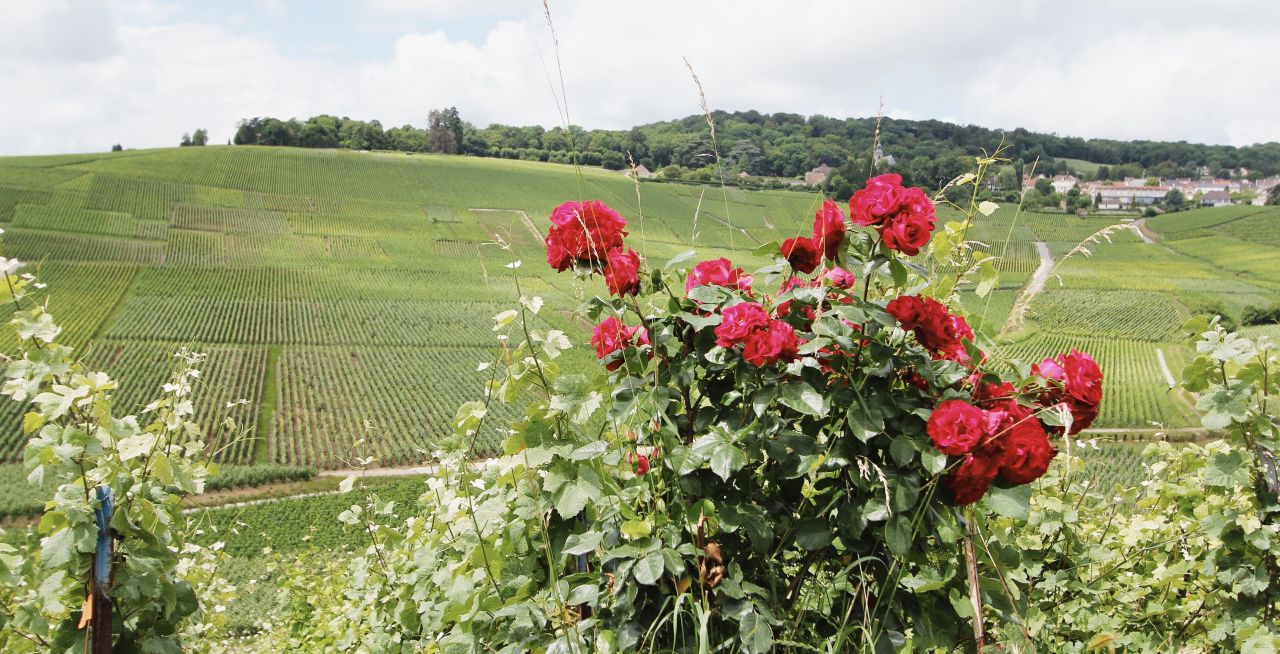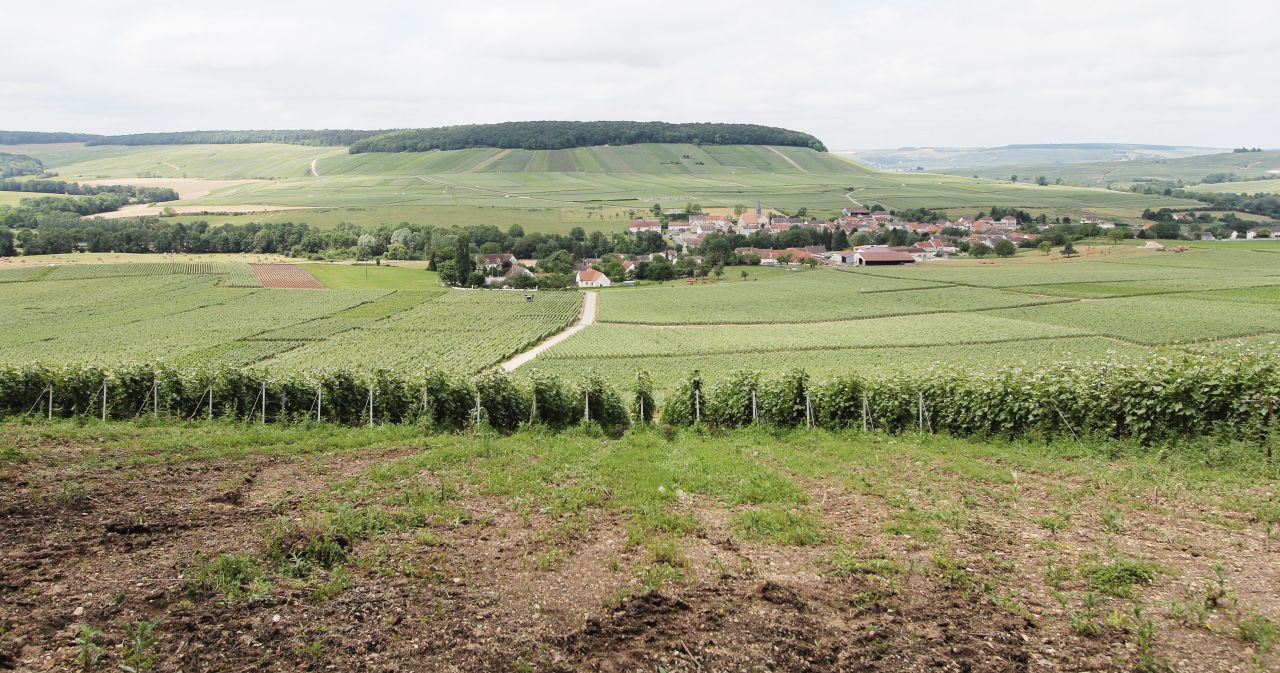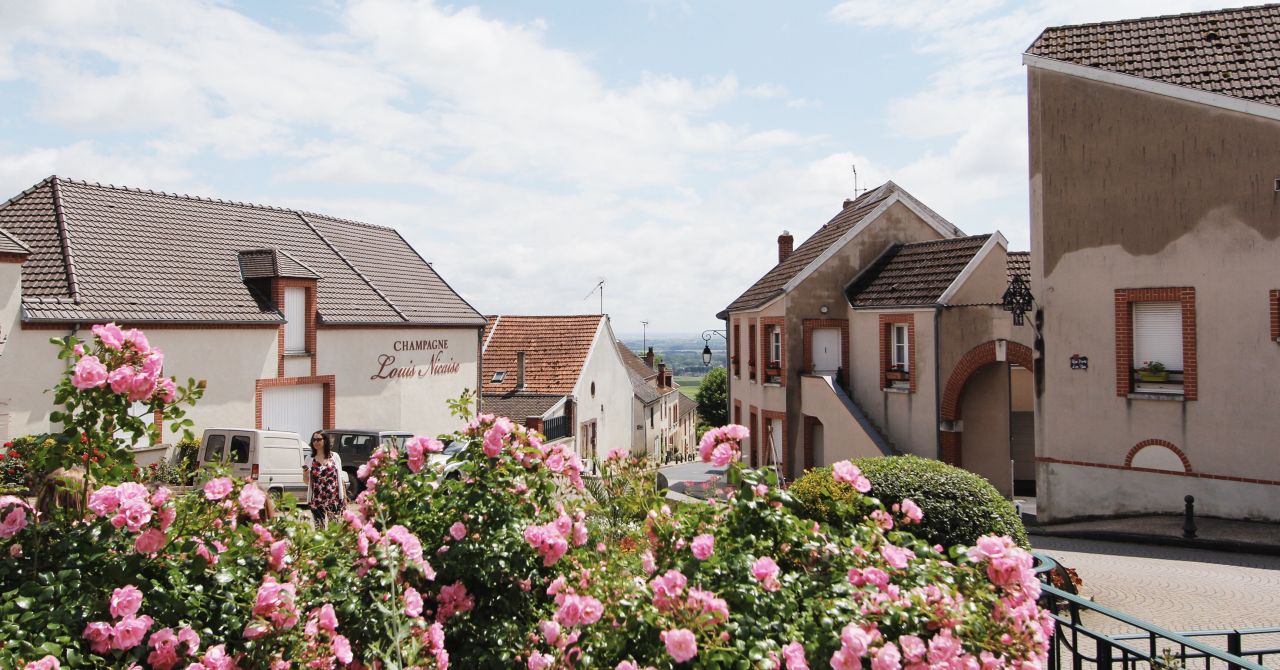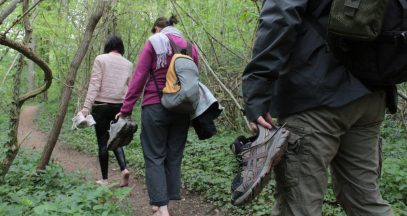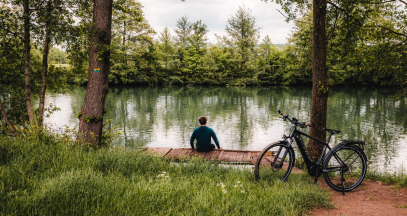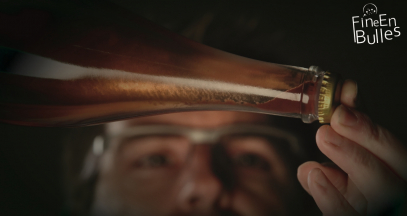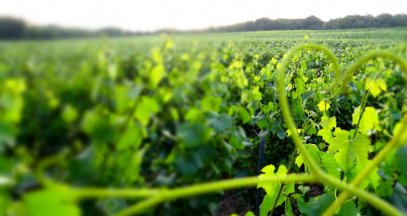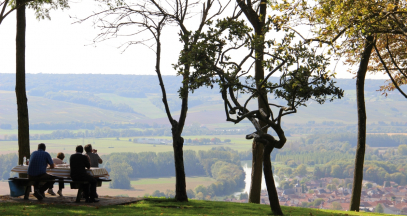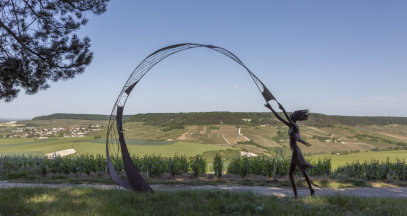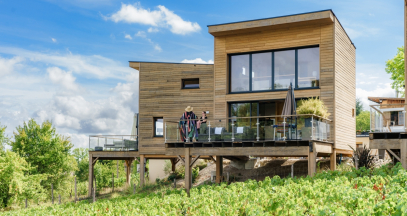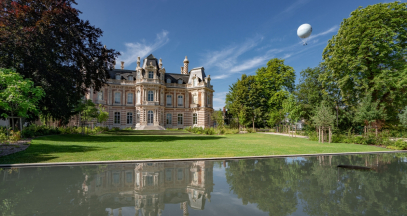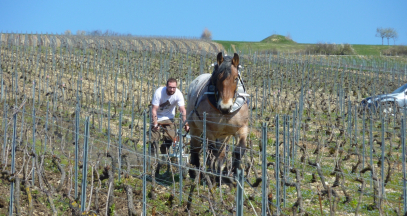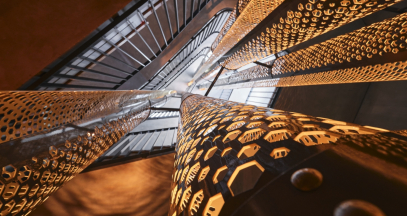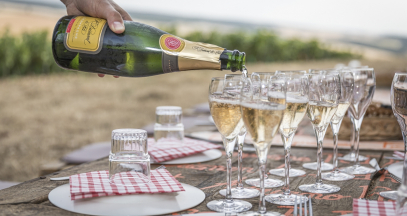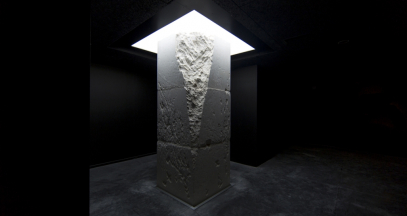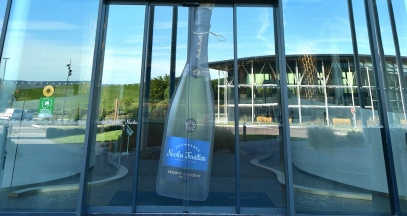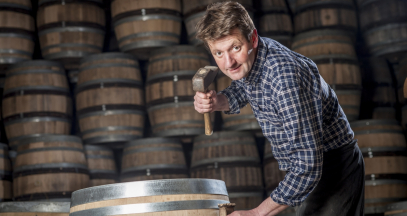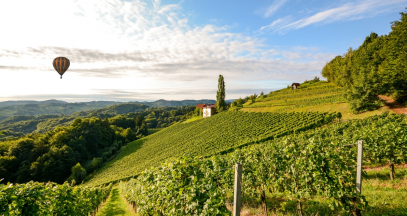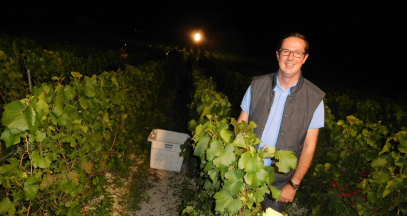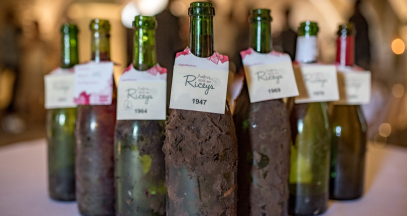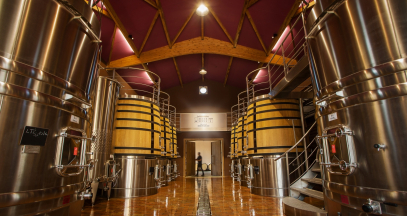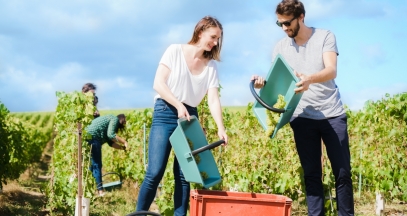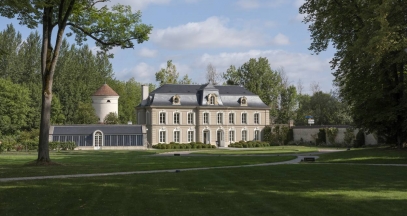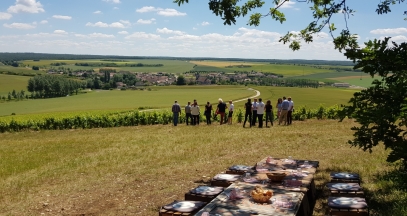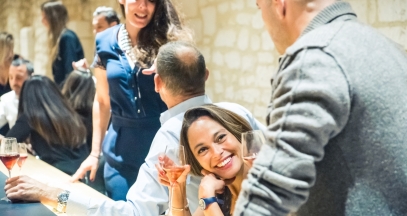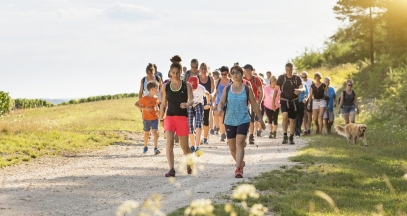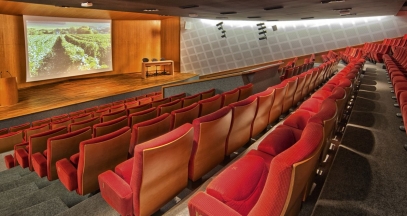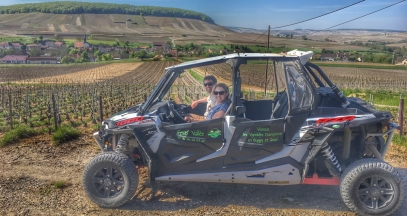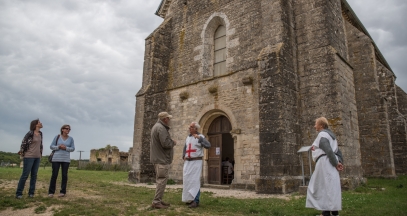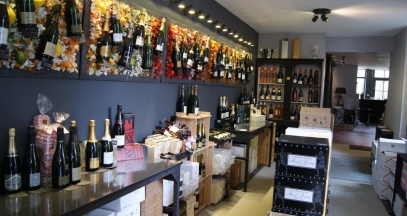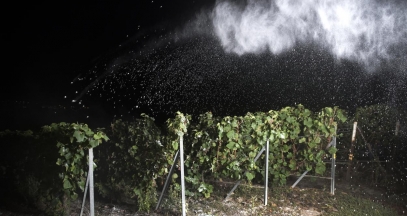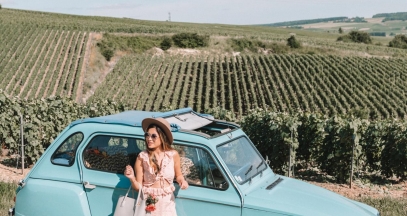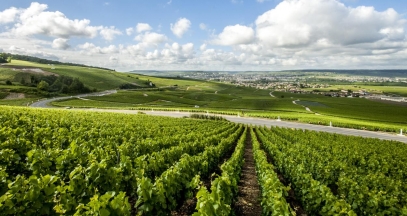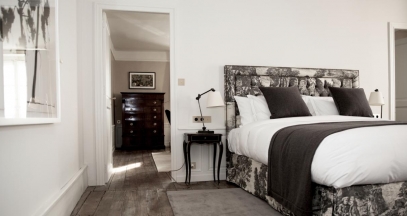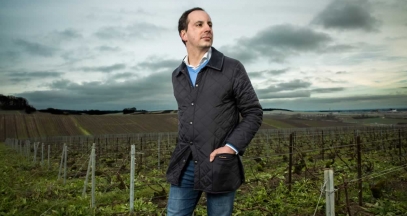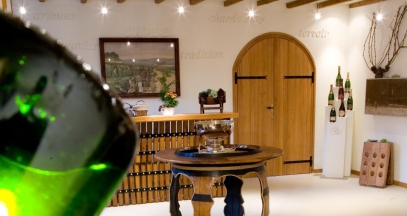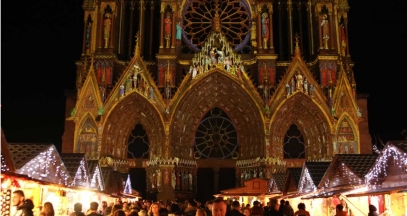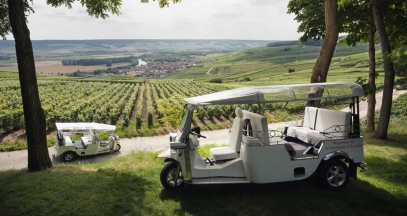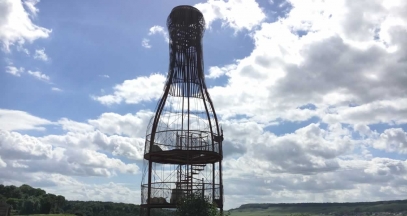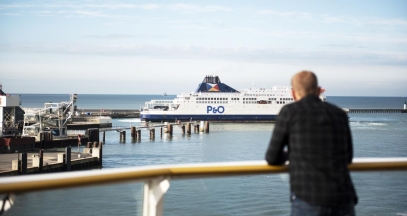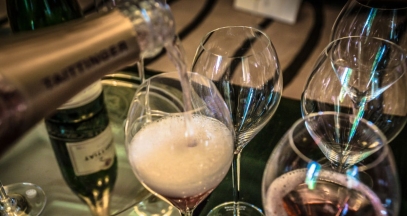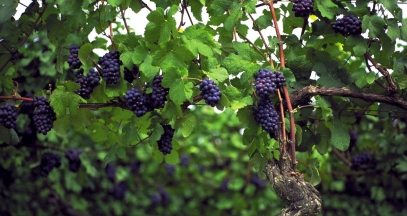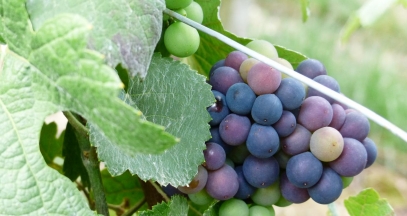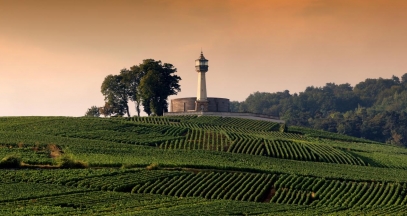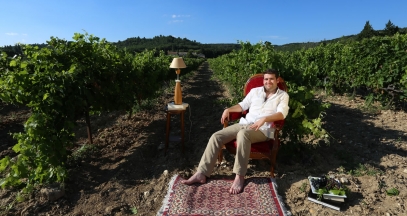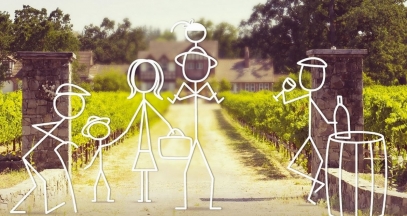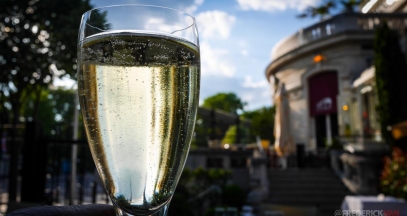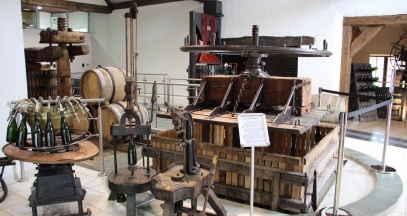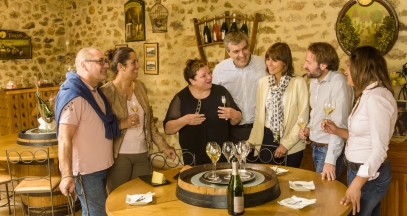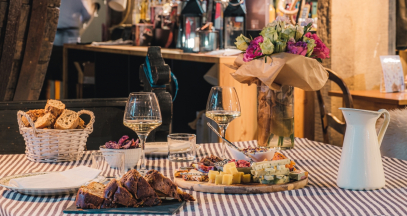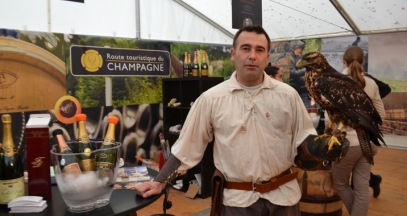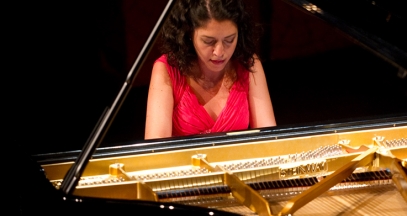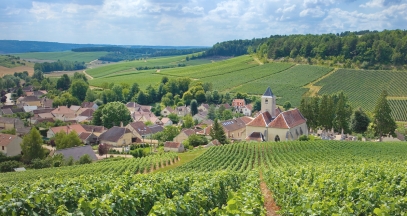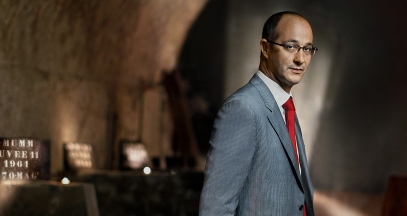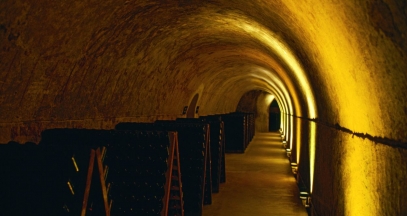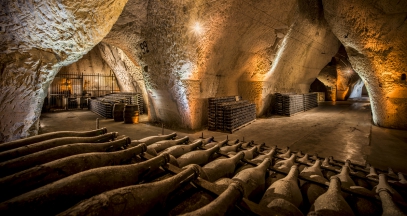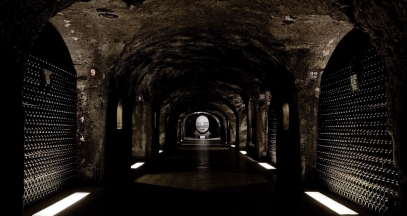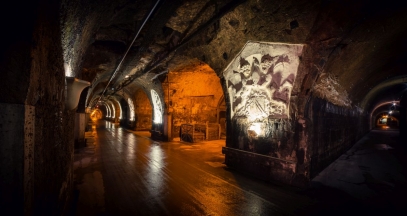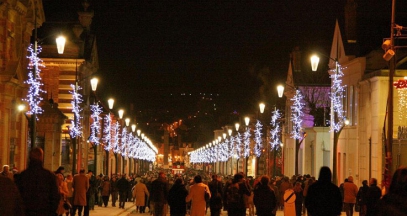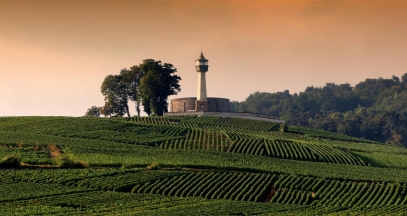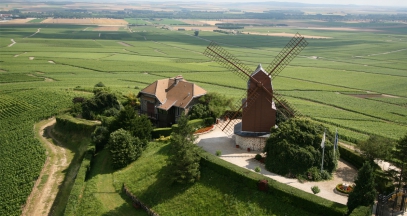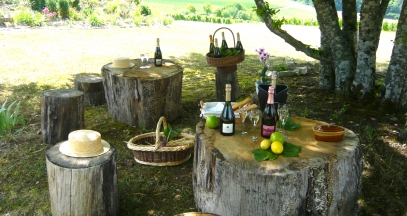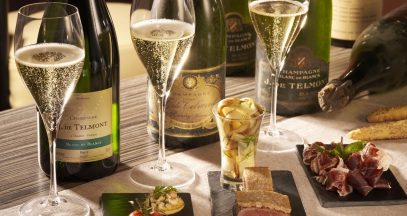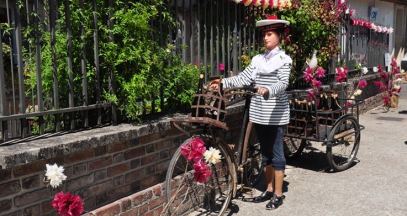Fact: a bottle of Champagne pops open every 2 seconds somewhere around the world.
If you’re like me, that fact conjures up a bevy of celebration images; people clinking glasses at weddings, Bat Mitzvahs, graduations, anniversaries, cheering career promotions, expanding families or new adventures. But the reality is that in France, Champagne isn’t merely reserved for momentous occasions nor is it only suitable pre and post-mealtime. This is something I came to fully understand on my recent trip to the Champagne-Ardenne region (now known as the Grand Est region, which also includes Alsace and Lorraine) where I was on assignment for Atout France last month. In fact, awareness around champagne (it pairs well with food! It’s complex!) and its aging process is still rather weak. I had a lot of ground to cover in four days but I do believe I came away with a new appreciation for Champagne the drink, and Champagne the historical and cultural destination, thanks to pairings, tastings and tours, both through the vines and through cities like Reims, Epernay, and Troyes.
I’ve included a few of my sleep / eat / see recommendations at the end of this post but I would first like to highlight four of the things I gleaned from this experience that I hope will entice you to make it a mandatory stop on your France itineraries, even if you’re the teetotaling type.
What bling?
What goes with celebration? A bit of glitz and glam. And while I knew otherwise, I nonetheless half-expected to see a region full of bling or an aura of affluence. It’s true that many Champagne producers do very well for themselves and there is wealth in the region but it by no means exudes an exaggerated Aristocratic lilt. Where there are vines, there are hardworking hands (and comme harvest season in September, a whopping 120,000 of them maneuver with alacrity: manual picking is compulsory in Champagne, a practice upheld since it was established in the 18th century) and a profound respect for the local terroir and the historic savoir-faire. Any element of bling falls on the drinker’s comportement and environment.
Beyond Bubbles
For history lovers and curious travelers, there is a plethora of stories and sights to uncover in the region. In Reims, Hautvillers and Troyes, medieval and gothic vestiges pepper the cities and draw in crowds. Then there is the relevance of Reims within the context of the World Wars. As I stood before the Notre Dame cathedral, which has been undergoing renovations for years, it took a bit of an imaginative leap to imagine it pummeled with some 300 shells and 80% of the city razed around it. Part of the reason the architecture in Reims is so mixed is due to reconstruction following the end of World War II – which is why you’ll see a number of Art Deco structures, like the Halles du Boulingrin, an impressive covered market. I was very impressed with the guided tour I received from the Reims Tourism office and highly recommend signing up for one to get a full historical overview that is bound to shape your outlook on the city. The same is true for Troyes and Hautvillers whose religious relics are equally as important to their history as the Champagne production nearby.
Read the full story on my blog Lost in Cheese Land
All credits go to Lindsey Tramuta from Lost in Cheese Land
LEARN MORE
Read the full article on http://www.lostincheeseland.com/


